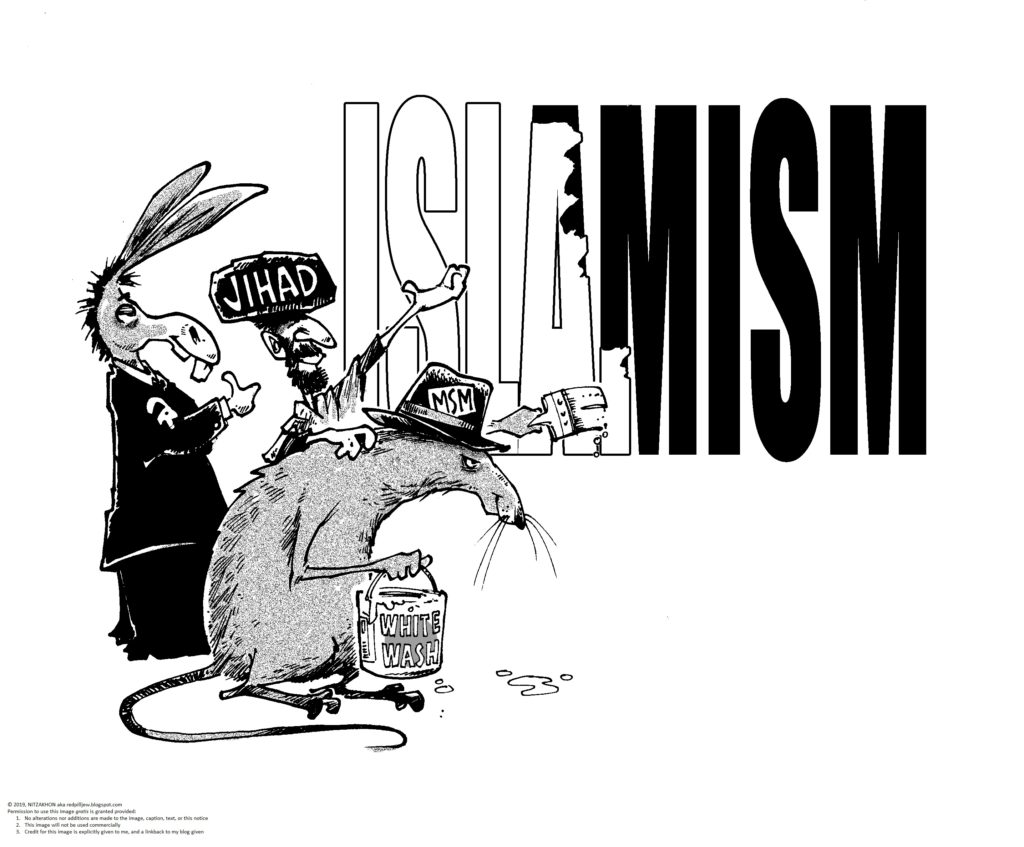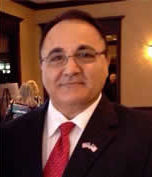American colleges, known for fostering social movements, have witnessed a curious alliance in recent decades—the Leftist-Islamist coalition, an uneasy and yet significant force. This essay delves into this collaboration, raising questions about its ideological compatibility and financial transparency.
The political leanings of American faculty have been a topic of discussion since the 1930s. Studies like those by the Carnegie Commission on Higher Education and the Higher Education Research Institute (HERI) consistently show a higher concentration of liberals, particularly in humanities and social sciences. The McCarthy era of the 1950s further intensified scrutiny of political views in academia, sparking debates about academic freedom and potential bias.
The 1990s saw the emergence of Islamist activism on U.S. campuses, with the Students for Justice in Palestine (SJP) at the forefront. Founded in 1992 by Hatem Bazian, SJP actively advocates for Palestinian rights and criticizes Israeli policies. The group aligns itself with the Boycott, Divestment, and Sanctions (BDS) movement and promotes an “anti-normalization” stance towards Zionist and most Jewish organizations. SJP’s activities and pronouncements have been met with controversy, including accusations of anti-Semitism and support for extremism.
Despite their apparent ideological differences, Leftists (Marxists) and Islamists find common ground in shared perspectives that fuel collaboration on various issues, particularly those related to the Israeli-Palestinian conflict. Student organizations like SJP often partner with leftist groups to organize protests, campaigns, and initiatives. Collaboration extends to academics from both backgrounds, too, who engage in joint research projects, conferences, and publications that critically examine power structures, global politics, and their impact on marginalized communities.
The main problem here is that the role of academia (particularly leftist professors) in promoting a benign image of Islam while downplaying or ignoring its political aspects is that it portrays Islam as compatible with democratic societies—this is a deliberate attempt to mislead the public about the nature of Islam.
The financial resources that sustain coalitions between the Left and Islamists on U.S. college campuses come from various sources with varying degrees of transparency. Understanding these funding streams is crucial for a comprehensive picture of this phenomenon. Islamists leverage democratic processes to gain influence and potentially undermine democratic institutions from within. There is a warning here of the potential for Islamists to establish shadow governments within democratic societies, using Sharia law as a tool for control and intimidation.
Overt funding sources are publicly known and disclosed. They include:
University Grants and Allocations: Universities often allocate funds to student organizations and initiatives aligned with diversity, inclusion, and social justice values. These allocations are typically made through student activity fees or departmental budgets.
Foundation Grants: Foundations supporting social justice, human rights, and academic research may provide grants to student organizations and initiatives. These grants are awarded based on the alignment of the organization’s mission with the foundation’s objectives.
Crowdfunding and Donations: Public fundraising campaigns are another source of overt funding. These campaigns are often initiated by the organizations themselves or their supporters.
Covert funding sources are less transparent and may not be publicly disclosed, and they include:
Foreign Government Funding: Reports suggest that foreign governments, particularly in the Middle East, provide funding to American organizations and initiatives aligned with the former’s political interests. This funding can be channeled through intermediaries or directly to the organizations.
Private Donations from Individuals and Entities: Private donations from individuals and entities with specific political or ideological interests can also serve as covert funding sources.
Non-Governmental Organizations (NGOs): NGOs operating internationally provide funding to U.S. organizations and initiatives, especially those that align with their mission of promoting human rights, social justice, or other causes. Think, George Soros.
The distinction between overt and covert funding sources is important for understanding the financial dynamics of coalitions between the Left and Islamists on U.S. college campuses. The lack of transparency in some funding sources raises concerns about accountability, the potential for misuse of funds, and the influence of external actors on domestic politics and campus life.
Universities, student organizations, and the public must maintain high standards of transparency and accountability in handling funds. This includes clear disclosure of funding sources, the purposes for which funds are used, and the outcomes achieved through these investments.
This perspective underscores a broader debate about Islam’s nature, the role of left-leaning academia and the media in shaping public perception, and the challenges it poses to democratic societies. There is an urgent need to reflect deeply on naive or misguided attempts to reconcile Islamism with democratic values and practices.
Finally, we need to understand that the current state of America is at a critical juncture, with various challenges facing the nation. The threat of advancing Islamist jihadists and retreating democracy is cause for alarm. Additionally, the Islamic Republic’s rapid progress towards acquiring nuclear weapons capability adds to the overall unease.
The future of America hangs in the balance, and the choices made in the upcoming elections will shape the nation’s trajectory. Citizens must be informed and engaged, working towards America’s prosperous and secure future.





